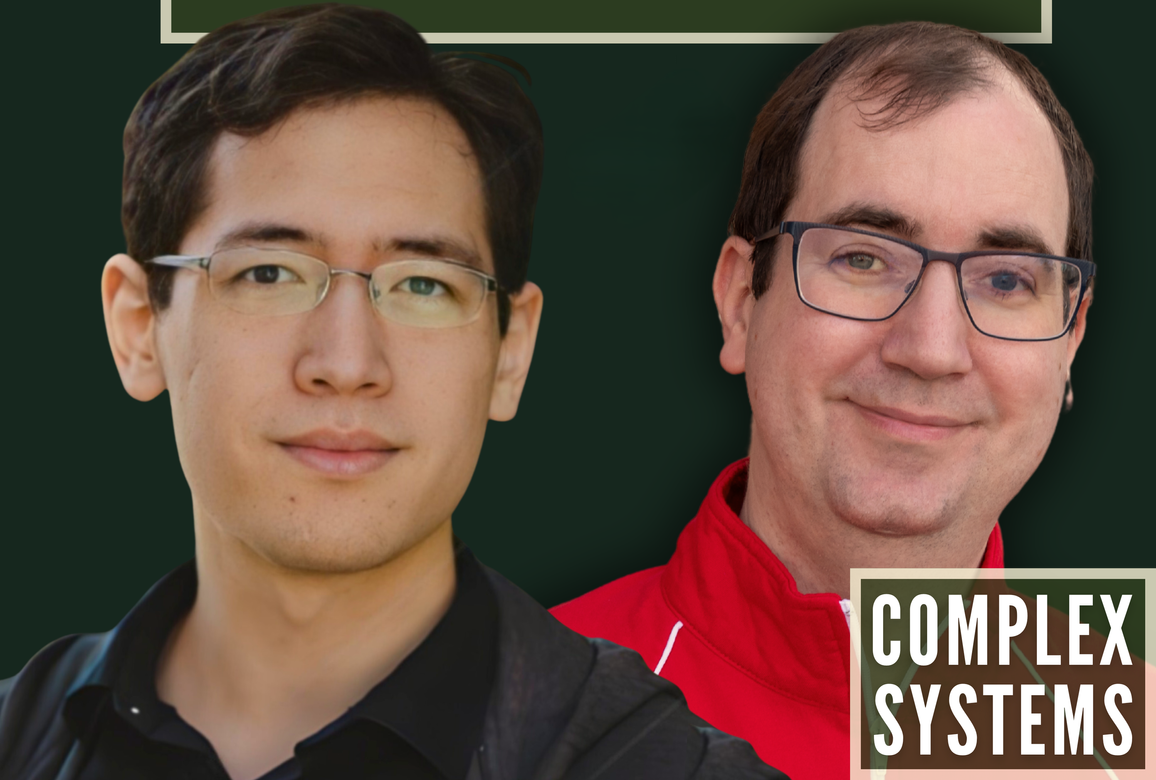When each proud fighter brags
content warning: As heavy as this blog gets.
(1)
I met Max Chiswick in June of 2024 because I wrote something wrong on the internet. He tracked me down at Manifest to tell me so—I had written about the shortcomings of poker as a teaching tool, but I had made several wrong assumptions about how one would play poker differently with the goal of learning instead of recreation.
First, you'd play with two players instead of eight. We nearly always play with eight-ish players because we want a relaxing game, where large gaps in the action are considered a feature. With two players, though, not only is it your turn four times as often, but more of your decisions are "live" because it's correct to play more (initial) hands and there are fewer that you should fold on sight.
Second, you'd play a game with fewer chips—meaning that you'd make bets in coarser increments and with a smaller ratio of largest-possible bet to smallest-possible bet. This makes the decision tree shallower and more amenable to explicit case-by-case reasoning, and it also has the nice effect of making the highest-stakes decisions less terrifying (while keeping the stakes of bread-and-butter decisions suitably meaningful).
But most importantly, if you're playing poker as an exercise for training your mind, you should focus less on becoming a theoretically-optimal robot. You can read books and blogs about "game theory optimal" play (e.g., Nash equilibrium) and drill yourself to get arbitrarily accurate at executing it, but that's simply not the useful part.
The part of poker that makes you smarter—Max explained to me—is observing the non-optimal patterns in your opponents' play, and


